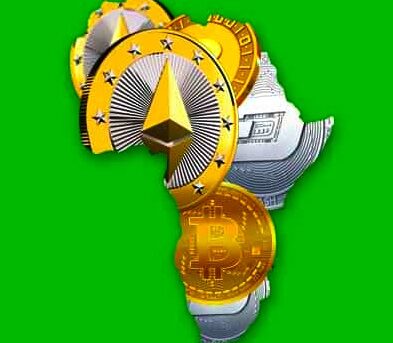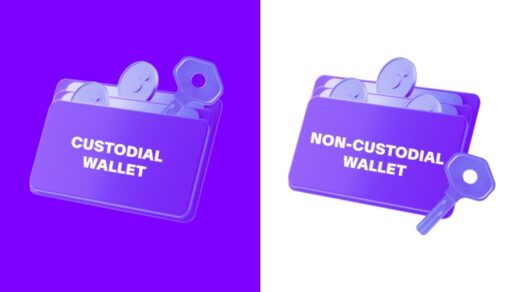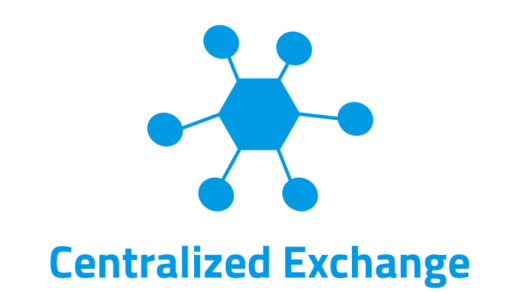Sub-Saharan Africa has witnessed a steady but notable rise in crypto asset adoption in recent years. Despite accounting for just 2.3% of the global transaction volume between July 2022 and June 2023, the region received an estimated $117.1 billion in on-chain value.
While it remains one of the smallest crypto asset markets on a global scale, a closer examination reveals that crypto assets have penetrated key populations and are becoming an integral part of the daily lives of many residents.
This article explores how Africans are using these digital assets to shield themselves against inflation and debt.
A Haven in Sub-Saharan Africa: Bitcoin’s Dominance
Bitcoin’s dominance in Sub-Saharan Africa is striking, as it makes up a larger share of the transaction volume there than in any other region. This disproportionate uptake of Bitcoin is not a mere coincidence; it reflects the region’s growing inclination toward crypto assets as an alternative store of value.
Several countries in Sub-Saharan Africa have been grappling with the twin challenges of rising inflation and soaring debt levels. In such a context, crypto assets, particularly Bitcoin, have become an attractive means of preserving savings, protecting wealth, and achieving greater financial autonomy.
Kenya’s Inflation Challenge
The situation in Kenya provides a stark example of the challenges faced by Sub-Saharan African nations. The Kenyan shilling has reached a historic low, trading at 150.04 shillings to the U.S. dollar as of October 2023. The weakening currency has been attributed to insufficient dollar supply, thereby increasing the cost of living. This depreciation has led to rising prices for imported goods, such as LPG and vehicles.
In addition, the Central Bank of Kenya (CBK) placed the value of one Sterling Pound at 182.23 Kenyan shillings, while the Euro traded at 158.67 Kenyan shillings, underscoring the broader economic challenges faced by the country.
Kenya’s national debt, which stood at over 10,100 billion shillings at the end of June, comprises around two-thirds of the country’s GDP. The devaluation of the currency exacerbates this debt burden. Additionally, rising inflation erodes purchasing power and contributes to increased living costs for Kenyan citizens.
Nigeria: A Leading Example
Nigeria, ranking second on the Global Crypto Adoption Index, stands as a leading example of the growing crypto asset trend in the region. The Nigerian population has embraced crypto assets, largely driven by the need to mitigate the impact of inflation and economic uncertainty.
Inflation and currency devaluation have plagued the nation for years, prompting many Nigerians to turn to Bitcoin as a hedge against a weakening Naira. Similar economic challenges are experienced by other nations in the region, such as Kenya, South Africa, and Ghana, which have witnessed a surge in grassroots crypto asset adoption.
Stablecoins Gain Traction
While Bitcoin remains a favorite among Sub-Saharan African crypto asset users, the market landscape is evolving. In recent times, there has been a noticeable shift towards stablecoins.
These digital assets, typically pegged to a stable value such as the US dollar, offer a degree of price stability that Bitcoin does not. As Bitcoin’s price has fluctuated away from its all-time highs, a desire for diversification between Bitcoin and stablecoins has emerged.
Insights from the Ground
Moyo Sodipo, Co-Founder and CPO of Nigeria-based cryptocurrency exchange Busha, shed light on this evolving trend. He stated, “When Busha gained popularity around 2019 and 2020, there was a big frenzy for Bitcoin. A lot of people were not initially keen on stablecoins.
Now that Bitcoin has lost a lot of its value, there is a desire for diversification between Bitcoin and stablecoins. However, market shifts aren’t dampening activity. People are constantly looking for opportunities to hedge against the devaluation of the Naira and the persistent economic decline since COVID.”
Stablecoins as a Hedge
Stablecoins offer Sub-Saharan Africans a more secure option to preserve their wealth. As these digital assets are less prone to dramatic price fluctuations, they serve as a viable tool for hedging against the depreciating value of local currencies.
Users can store their wealth in stablecoins, confident that their holdings will maintain their value and purchasing power over time.
Conclusion
Sub-Saharan Africa’s growing crypto asset economy, dominated by Bitcoin and increasingly complemented by stablecoins, underscores the region’s resolute response to economic instability, inflation, and rising debt. While the crypto asset market in this region is still in its early stages, it has become a vital resource for preserving wealth and achieving financial security for many residents.
As economic challenges persist, it is likely that Sub-Saharan Africa will continue to see an upswing in crypto asset adoption, emphasizing the profound impact these digital assets have on people’s daily lives and financial stability.




